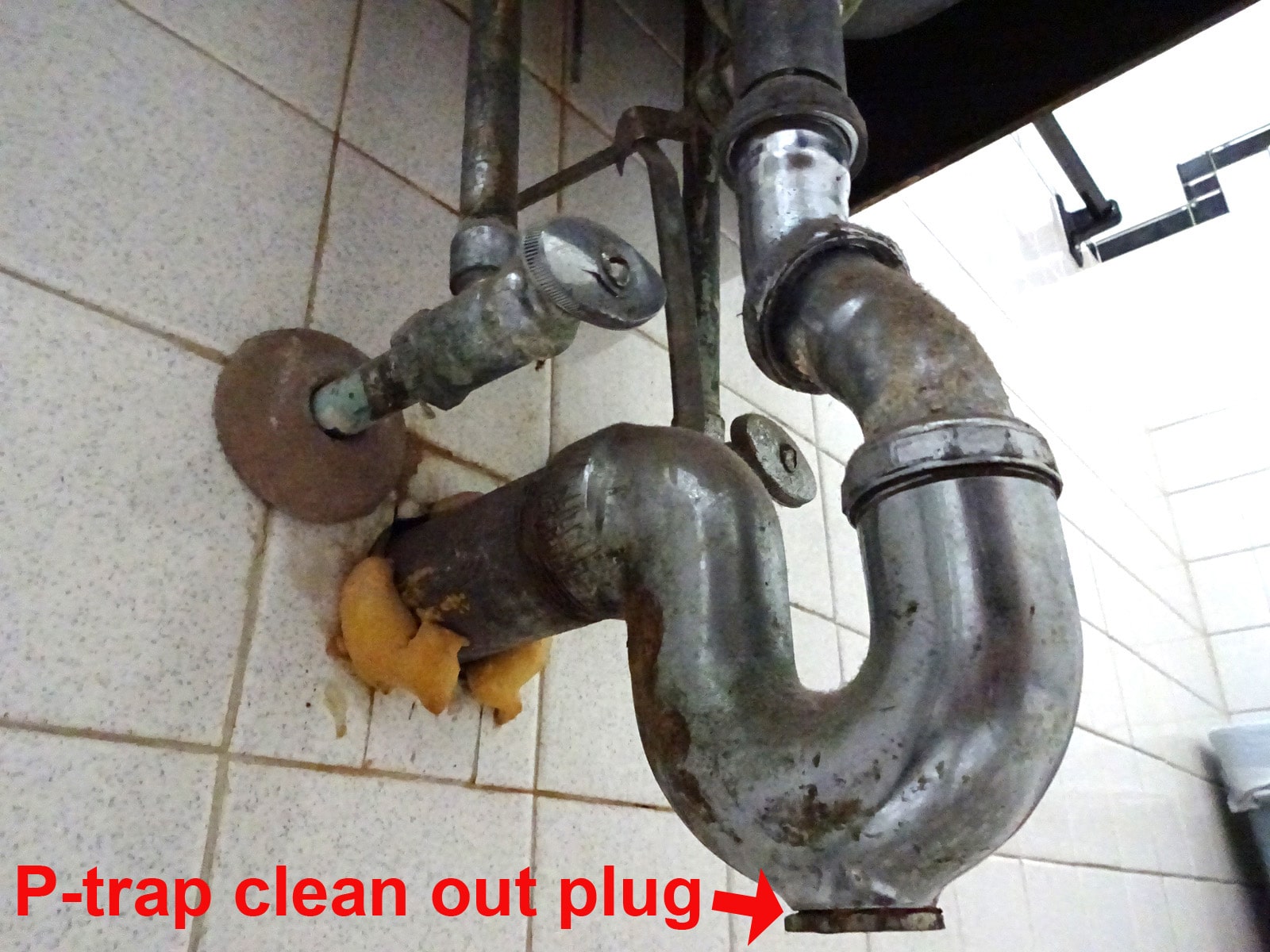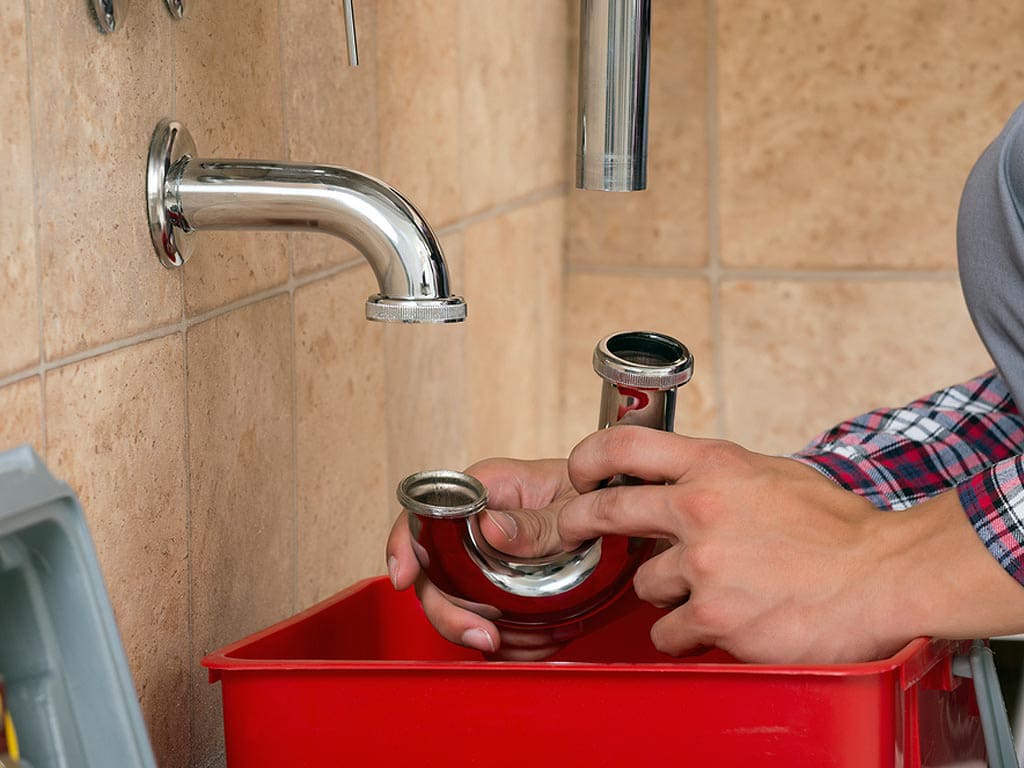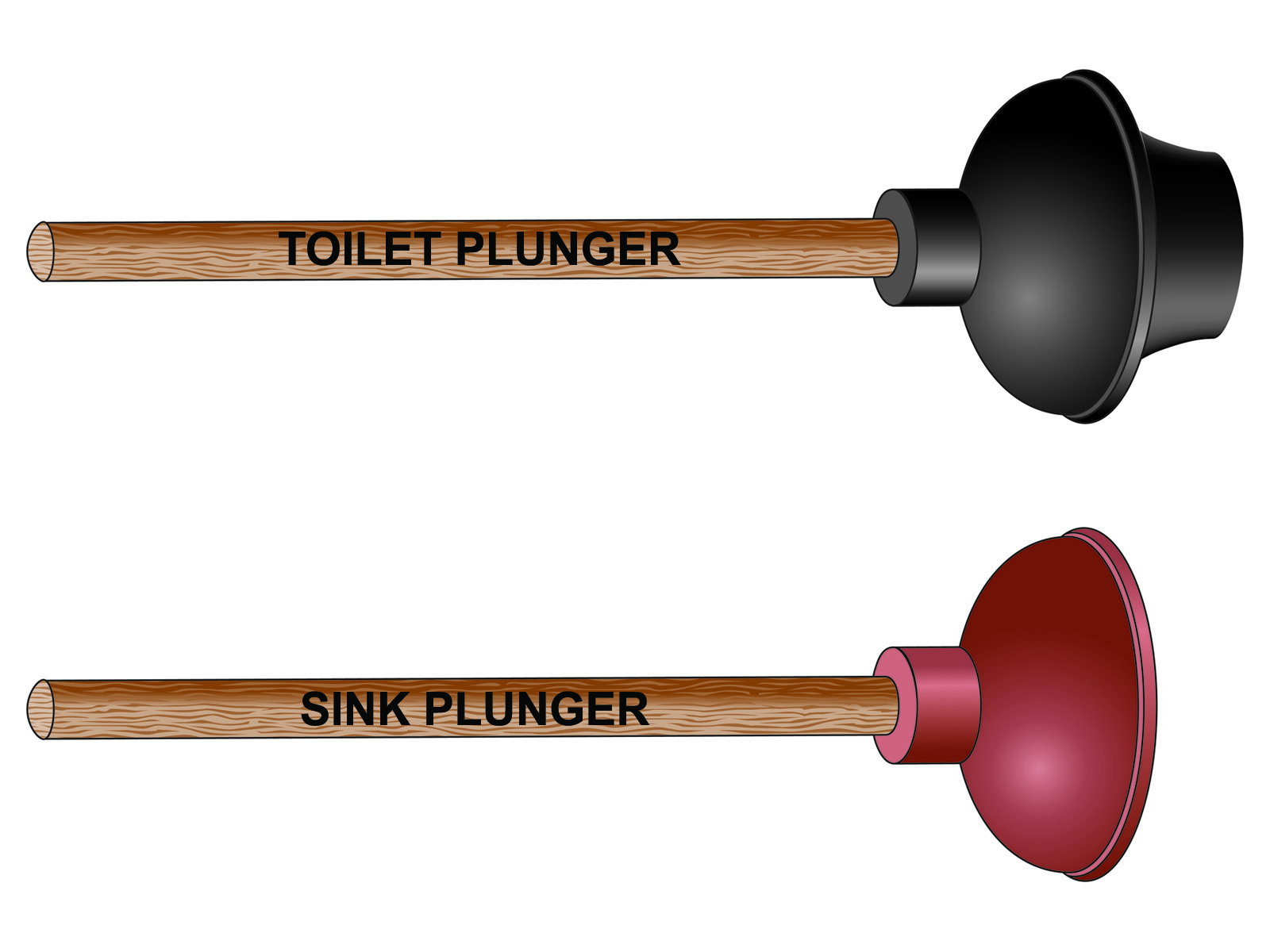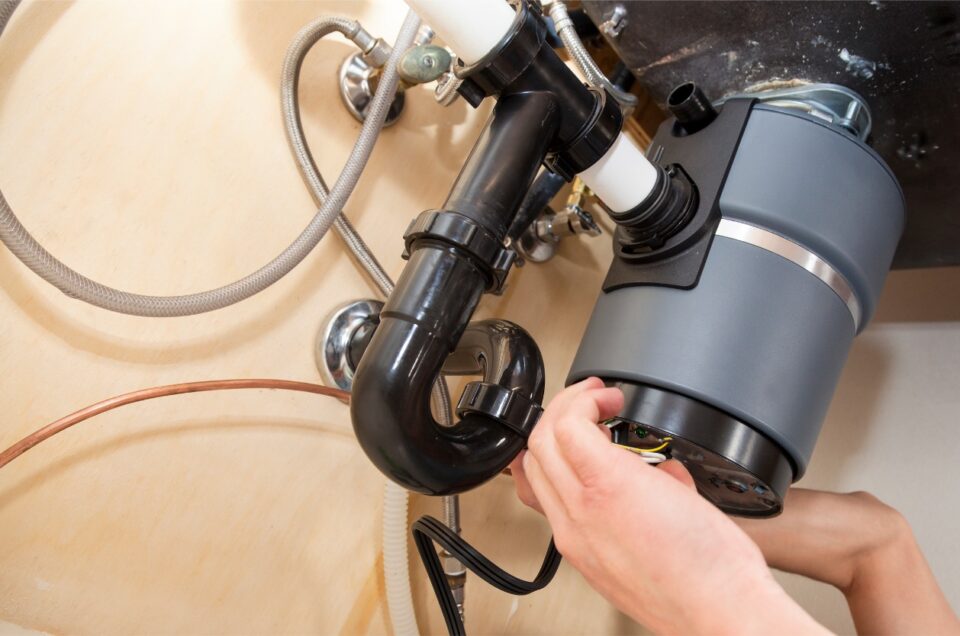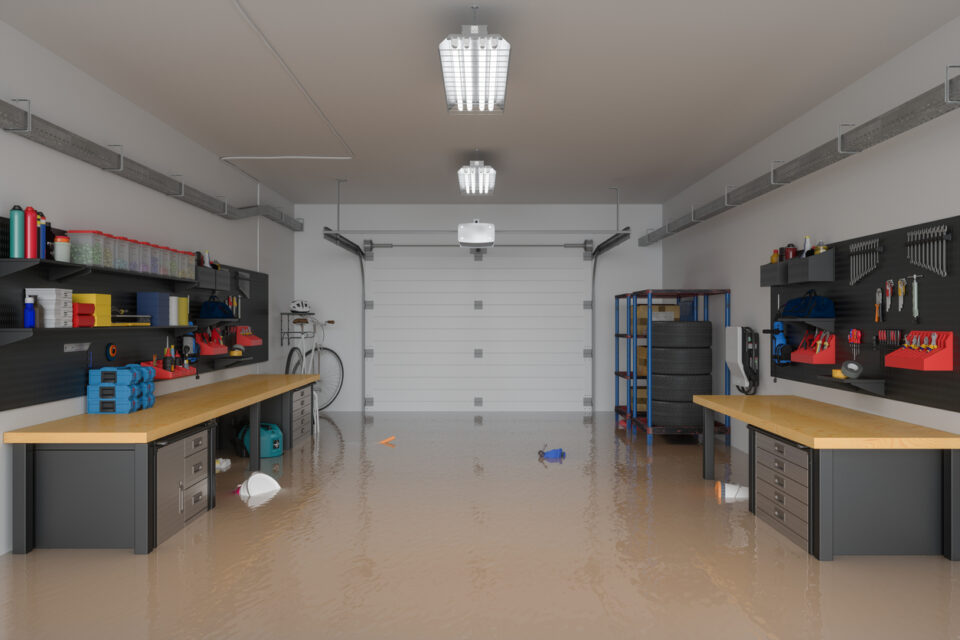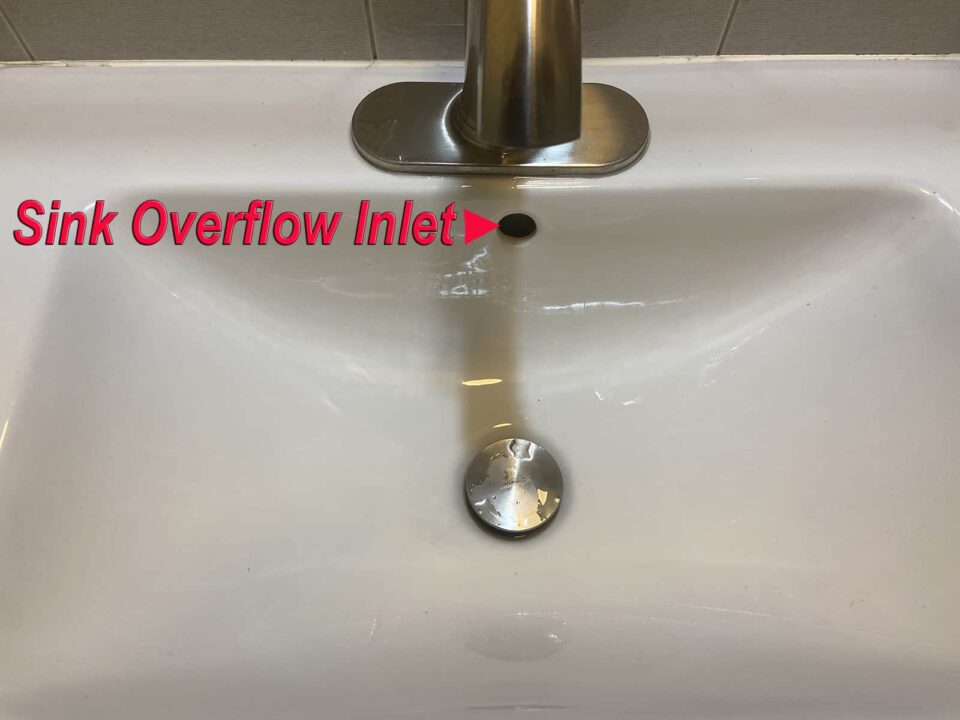If you are a homeowner, knowing how to fix a clogged sink drain is worthwhile information. That said, it is safe to assume that every homeowner or renter owns a small number of essential tools. Some of these are in case of a plumbing emergency. For example, if you have a clogged sink in the middle of the night a plunger would certainly come in handy.
Although you can always call a professional plumber (yes, some plumbing companies provide 24/7 services in NYC – what a convenience) to fix it for you. Of course, there is nothing wrong with trying to repair the clogging issue yourself.
Know The Limits of Your DIY Skills
As long as you are careful, and actually aware of what every tool can and cannot cope with, chances are good that you get everything sorted out within an hour or two. Even if you fail to fix the clogged sink, at least you won’t make the problem get worse. Learning how to fix a clogged sink is not difficult, just know your own limitations and never feel reluctant to call for help.
Clogged sinks have a short list of typical causes
A “clogged sink” is a fairly simple and common plumbing issue many homeowners have experienced before. It is also pretty self-explanatory. In most cases, the problem occurs because the sink, or more precisely the drain pipe to carry wastewater from it, is chocked off by obstructive materials such as:
- Hair
- Grease
- Dirt or sediment
- Hair
- Soap scum
- Food residue
All Sinks Have Similar If Not Identical Components
Whether the sink is installed in the kitchen, bathroom, or anywhere else, every single one of them has the same working components. Once you turn on the faucet, water flows down the sink, and through a P-trap, before it reaches the actual drain pipe.
The P-trap is there to prevent toxic gases from wastewater, or a septic tank, from flowing back and entering your living space. There is always a small amount of water inside the P-trap that acts like an impenetrable barrier.
Most P-traps Are Easily Removable
A P-trap is easily removable because most are all installed with slip joints (not screwed pipe), and likewise are almost always easily accessible. This allows you to disassemble it for repair, cleaning, or maintenance, without a lot of hassles. A P-trap also acts to trap (as its name implies) objects and articles not meant to enter your drain system.
As a side note, P-trap frequently has a plug on the bottom. this makes for easier cleaning than having to physically remove the actual trap itself.
Tools You May Need
As mentioned earlier, a clogged sink is simple enough that it only takes a simple tool to repair. However, there are some different tools designed to remove the obstruction from the drain pipe. When one tool does not work, you may need to try another. All of these tools are readily available and quite inexpensive. Here is how to fix a clogged sink with every tool.
1. Sink Plunger:
You can find this tool from every hardware store anywhere and it is very easy to use. Bear in mind that there are two types of plungers, one for toilets and one for sinks. It is best to have both on hand and never intermingle them.
When your sink is clogged, there will be a pool of water in the bowl that won’t go down the drain. There is no need to remove the water before you start plunging away. In actuality a plunger will not work unless there is a pool of water in the base of the sink.
The 1st thing to do is to roll the head of the plunger into the mouth of the drain. That way the plunger actually pushes down water instead of air. Unlike air, water does not compress and acts better to clear a clog than air does. Pump the plunger vigorously for about 30 seconds, and pull the plunger away on the last upstroke.
In case you are working on a double bowl sink, cover the other drain with a wet towel to seal it. If you do not cover the 2nd sink, no pressure will build up to clear the clog. After a successful attempt, water in the bowl should flush down right away; if it doesn’t, have another go.
2. Commercial Cleaner:
Two common types of commercial cleaners used to unclog sinks are caustic and oxidant based chemicals. The former usually contains potash (potassium compound often used in agriculture). While the latter is made of household bleach, nitrates, peroxides, or combination of those substances. When you flush the chemicals down, they make contact with the clogging culprits and generate heat. More heat means the clog becomes easier to dissolve.
Another type of commercial cleaner is acidic-based, but this is more difficult to find because it is only sold to licensed plumbers. It is very effective, but also poses potential health hazards unless applied by professionals.
That being said, all types of commercial cleaners can be toxic, so always follow the safety precautions stated in the packaging. Chemicals are not suitable for toilets, tubs, and any sink fitted to electronic devices such as garbage disposals or macerators. Chemicals can and will damage electronics, and other materials.
3. Vinegar and Baking Soda:
Regardless of how effective commercial cleaners are, professional plumbers will tell you that those chemicals should be used only after all else fails. As an alternative you can use more environmentally-friendly substances, for example baking soda and vinegar.
The formula is also very simple: pour half a cup of baking soda directly into the drain – use the longest siphon you can find to reach as deep as possible into the sink. Follow that immediately by pouring half a cup of vinegar.
Using vinegar and baking soda also generates heat in the drain. There will be a resulting fizzing and bubbling, so you want to cover the mouth of the drain to isolate the reaction inside the pipe for a minute or two. The last part of the process is to flush it all down with hot water. For toilet clogs, there is no need to cover the bowl; simply let the substance sit for half an hour and flush.
4. Hand Auger:
A step-up from a plunger, but equally pretty straightforward, is a hand auger. Unlike a plunger however, this tool actually tries to push the clog down into the drain. In the process, the metal wire of the auger breaks down any obstructive material in its way. As a result, you can flush down wastewater more easily.
Some parts of the clog will also get caught in the wire, and get pulled out as you retract the auger from the drain. A hand auger is effective in getting rid of clogging caused by hair, which easily wraps around the auger.
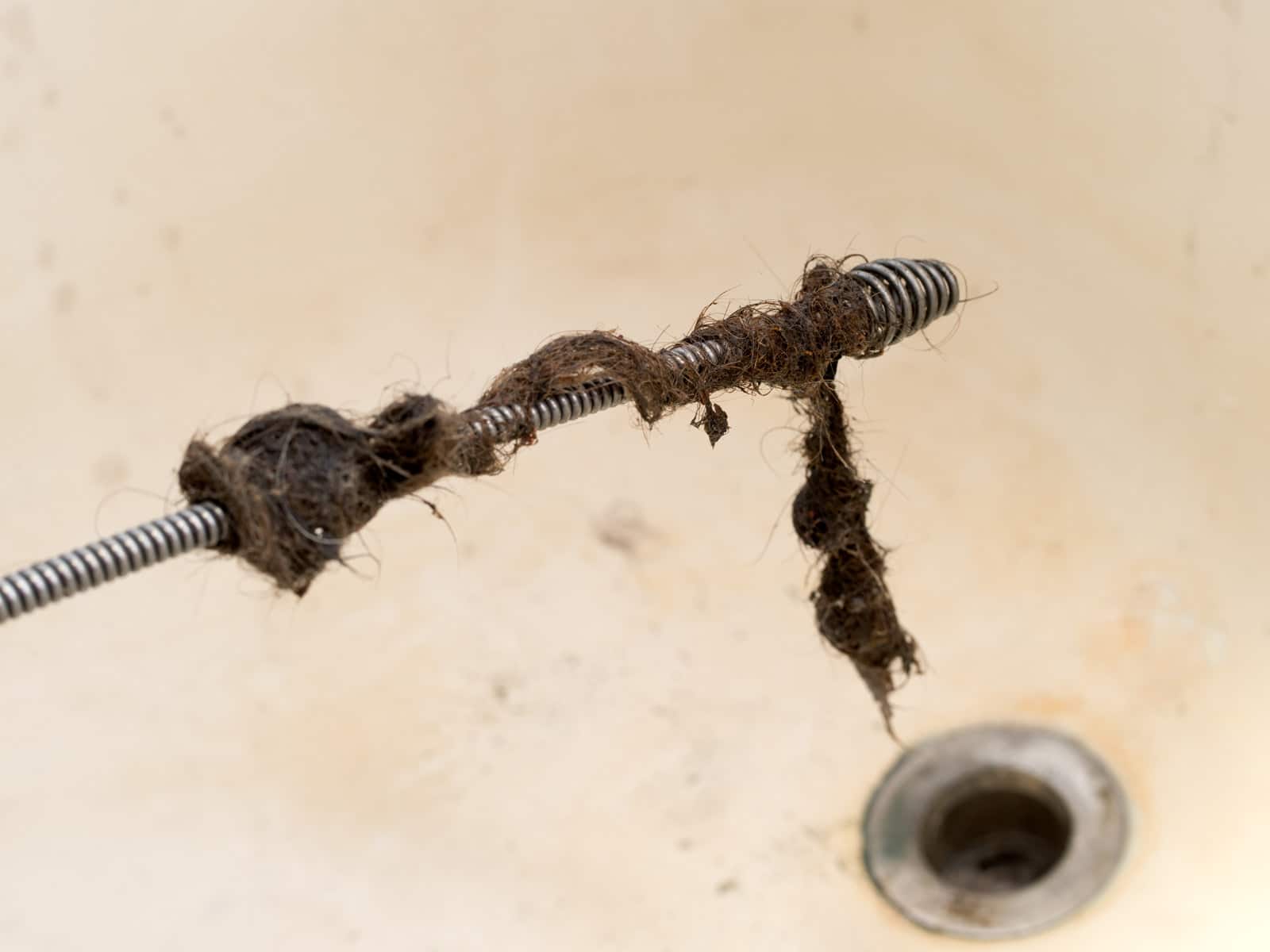
5. Electric Snake:
The more sophisticated version of the hand auger is an electric drain cleaning tool used on a clogged sink. Instead of pushing the wire manually into the drain, an electric snake is motorized so you can simply force the wire by pressing a button. You can retract the cable manually or reverse the motor when you’re done. In addition, electric drain machines come with a wide variety of cleaning heads. Each suited for a different type of clog.
How to fix a clogged sink through the P-trap
In the event you understand that the clog is happening in the P-trap (which has a completely different design than a main house trap), the most effective way to unclog a sink is to open the cleanout plug of this component.
Where is a P-trap located?
A P-trap is located under the sink and at the base of the P-trap itself. It should be accessible without disturbing the rest of the plumbing installation. Turn off the sink before you remove the plug, and then turn it on again to see if water flows down without obstruction.
Another thing to do is to place a bucket (any water container will do) directly underneath the P-trap before you remove the plug to avoid a dirty mess in your work area. An old P-trap will be filled with hair, soap scum, sediment, and generally nasty stuff!
Please be careful with what you flush down the sink. Some materials have no business being in the drain for example toys, female hygiene products, cigarette butts, diapers, plastics, or food leftovers.
The Importance of Drain Strainers
Install a strainer over the sink drain to prevent hardened materials from going inside the pipe and keep a garbage bin nearby so you can throw potential clogging materials into it instead of the drain. Better than knowing how to fix a clogged sink, is preventing one from clogging. When you do need expert drain service or just good solid advice, feel free to contact the Balkan Drain Team.

